(Dan Tri) – Two bridges representing each period of Hanoi’s development – Long Bien and Nhat Tan bridges – display their beauty under the brilliant autumn sunset.
The brilliant autumn sunset highlights the beauty of Hanoi's two most famous bridges (Video: Huu Nghi).
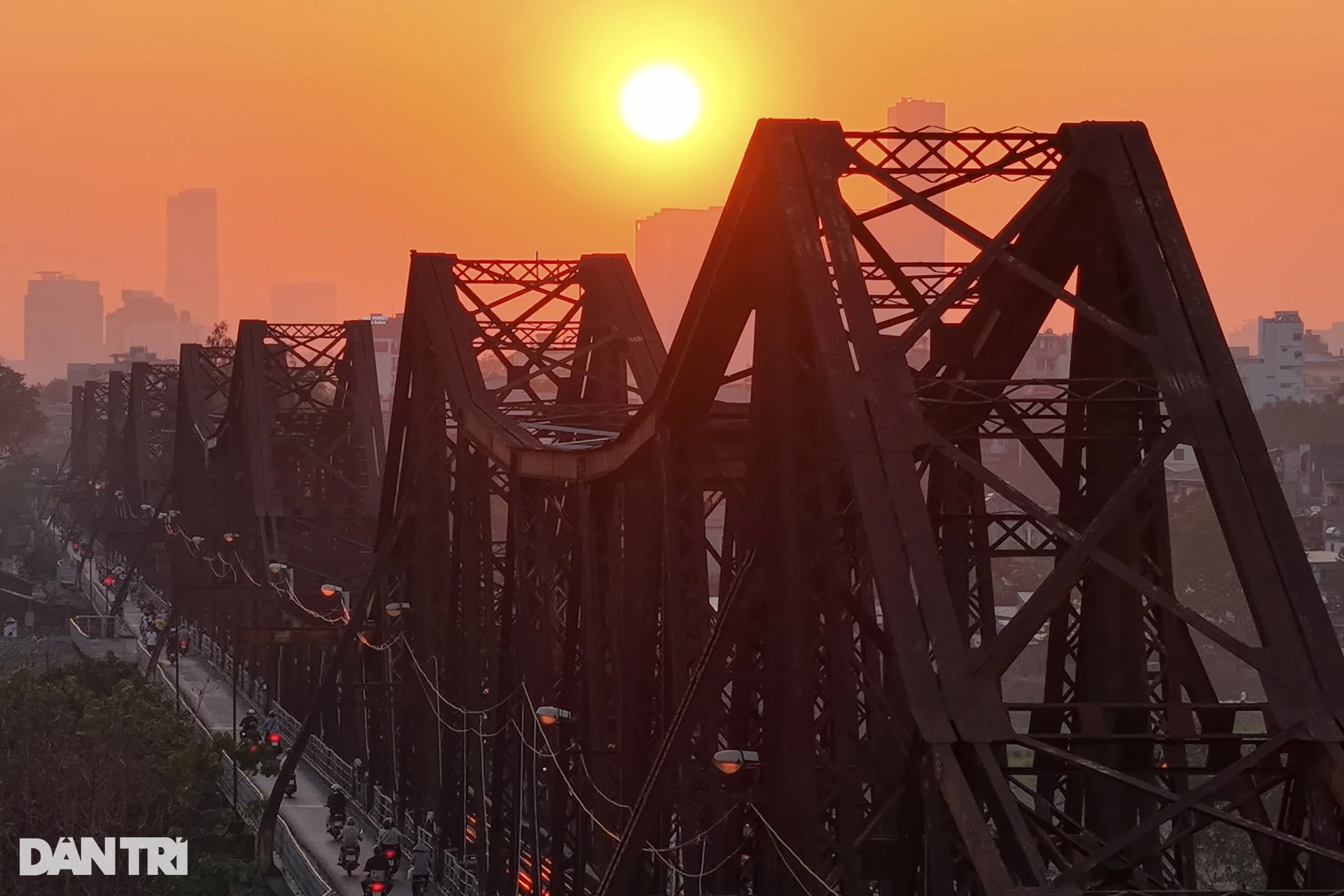
In late autumn days in Hanoi, the brilliant sunset casts a golden glow over the 100-year-old Long Bien Bridge.
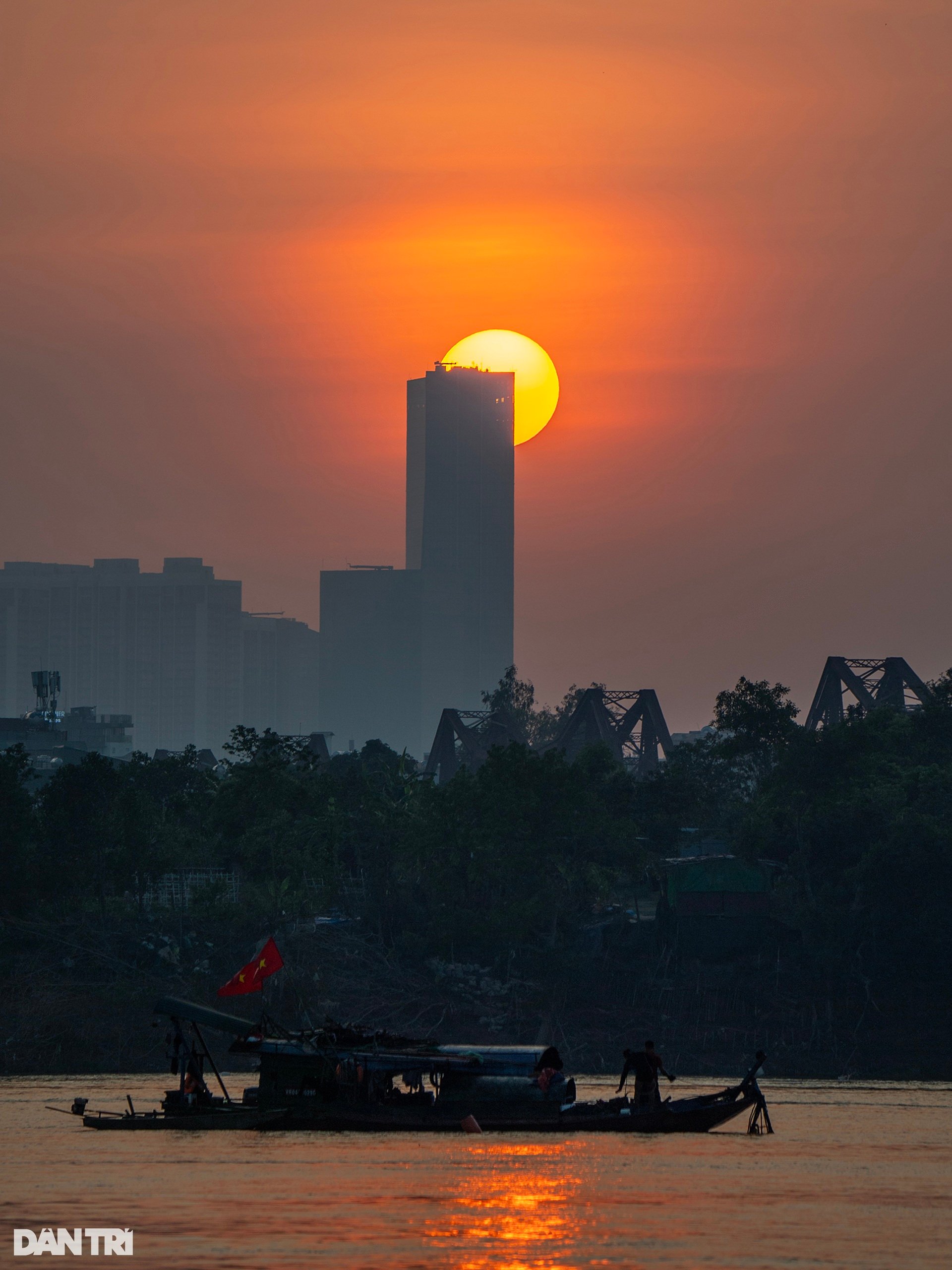
The golden, round late autumn sun gradually sets below the horizon, casting a shadow over the Lotte Hanoi building seen from the north bank of the Red River, across Long Bien Bridge.
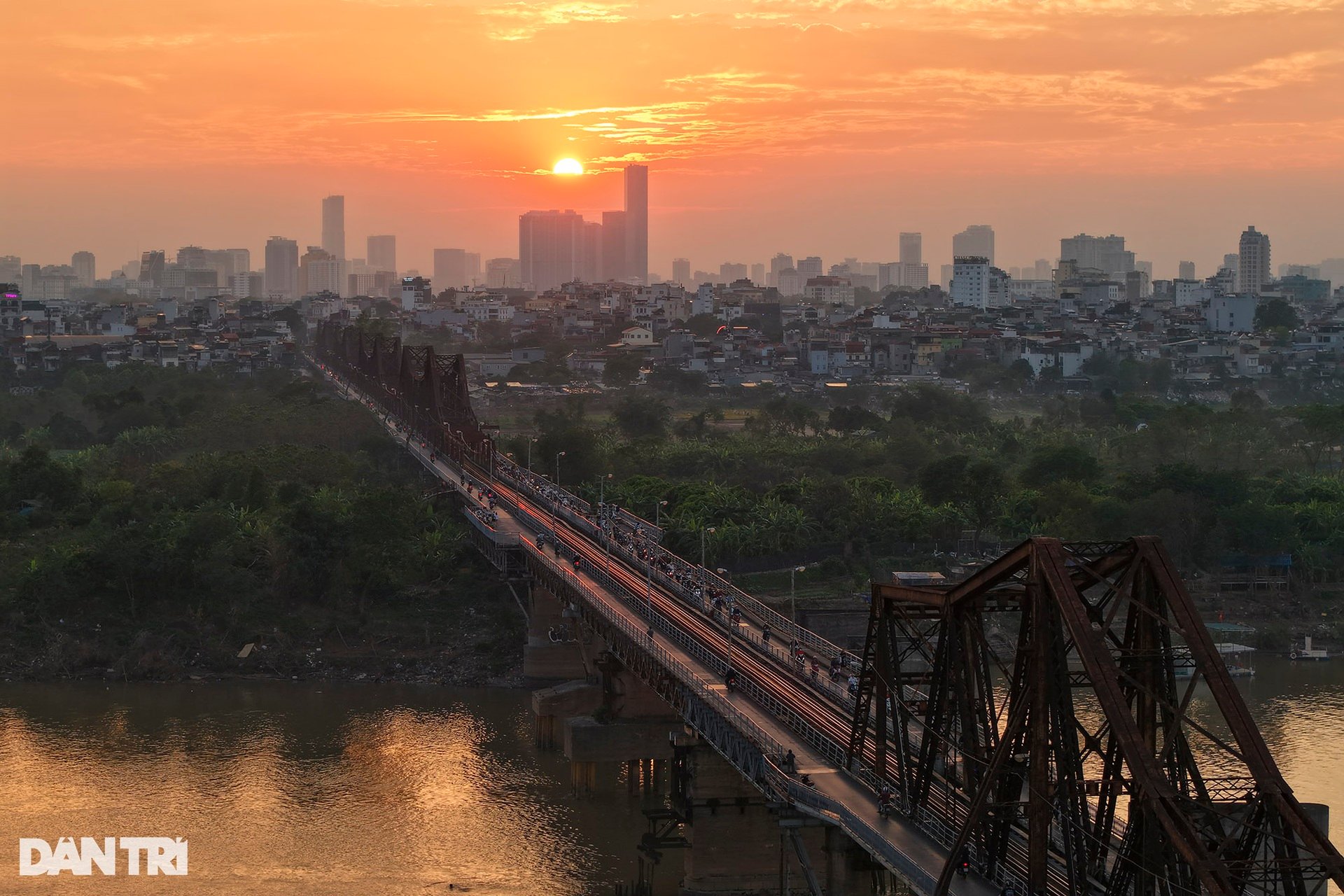
Starting from an idea, in 1897 Governor-General Paul Doumer requested a short-term study of a bridge across the Red River in Hanoi and quickly chose a location for the bridge. On September 12, 1898, the first stone was laid to break the foundation. On February 28, 1902, the bridge was officially inaugurated.
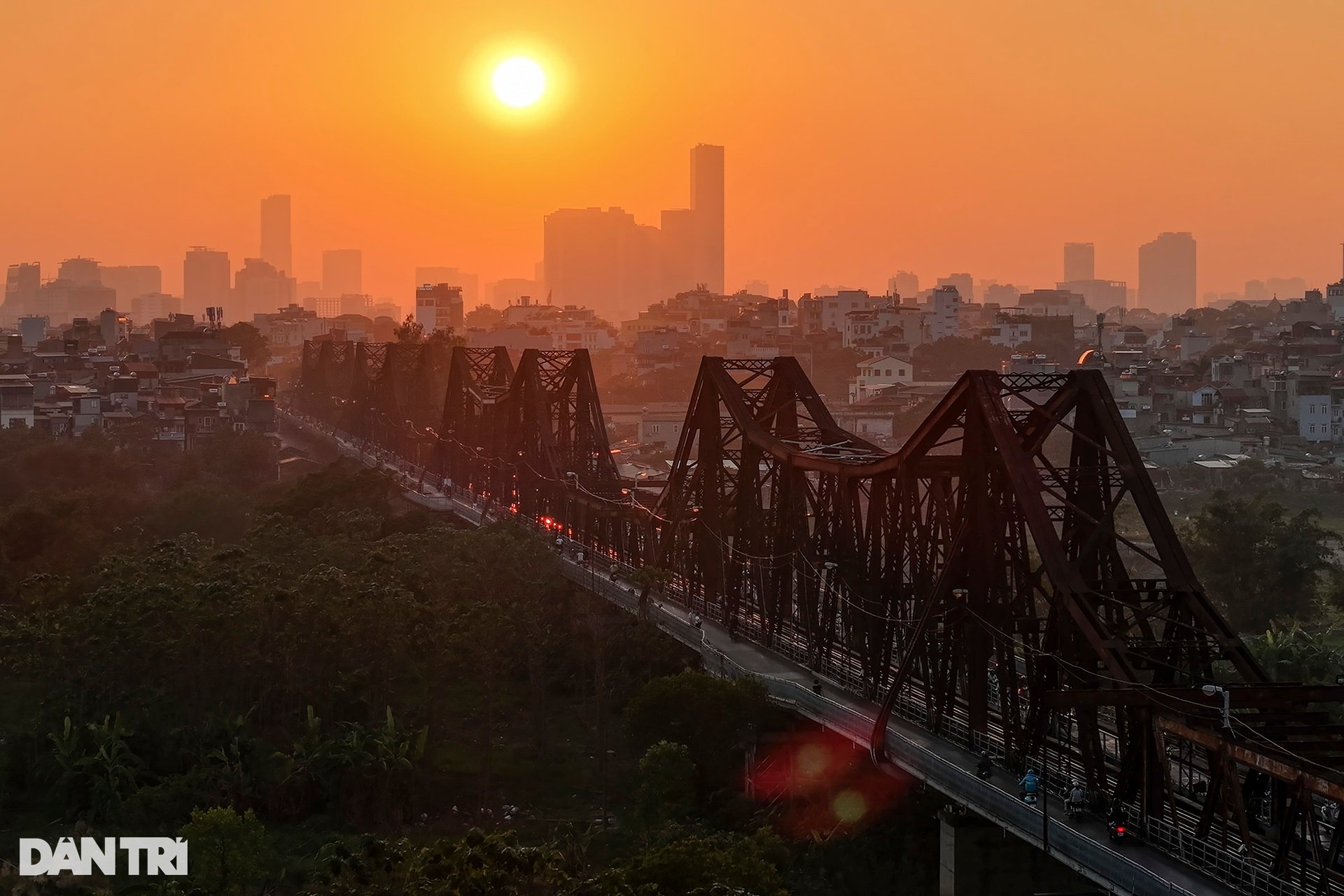
When it was first inaugurated, the bridge was named Paul Doumer. In 1945, Dr. Tran Van Lai, the first Vietnamese director of Hanoi, changed the name to Long Bien Bridge.
The opening of Long Bien Bridge has changed the economic and social landscape of an entire region, improving trade from Hanoi to the provinces on the left bank of the Red River.
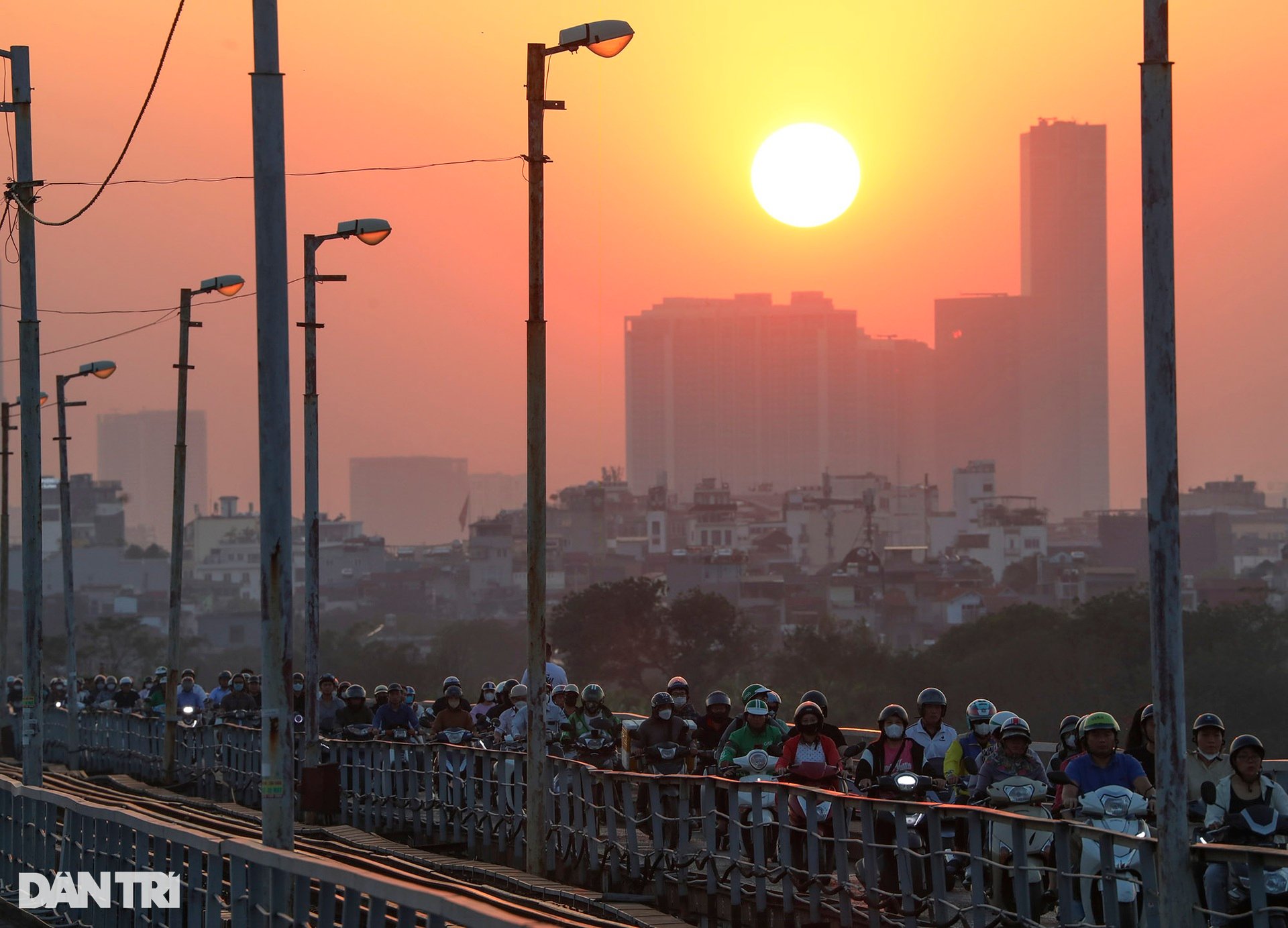
The bridge has existed for 122 years through 3 centuries, and is a historical witness to many events and changes in Hanoi. In 1902, King Thanh Thai and the new Governor General boarded the train from the new Hanoi station to attend the inauguration ceremony of this historic bridge.
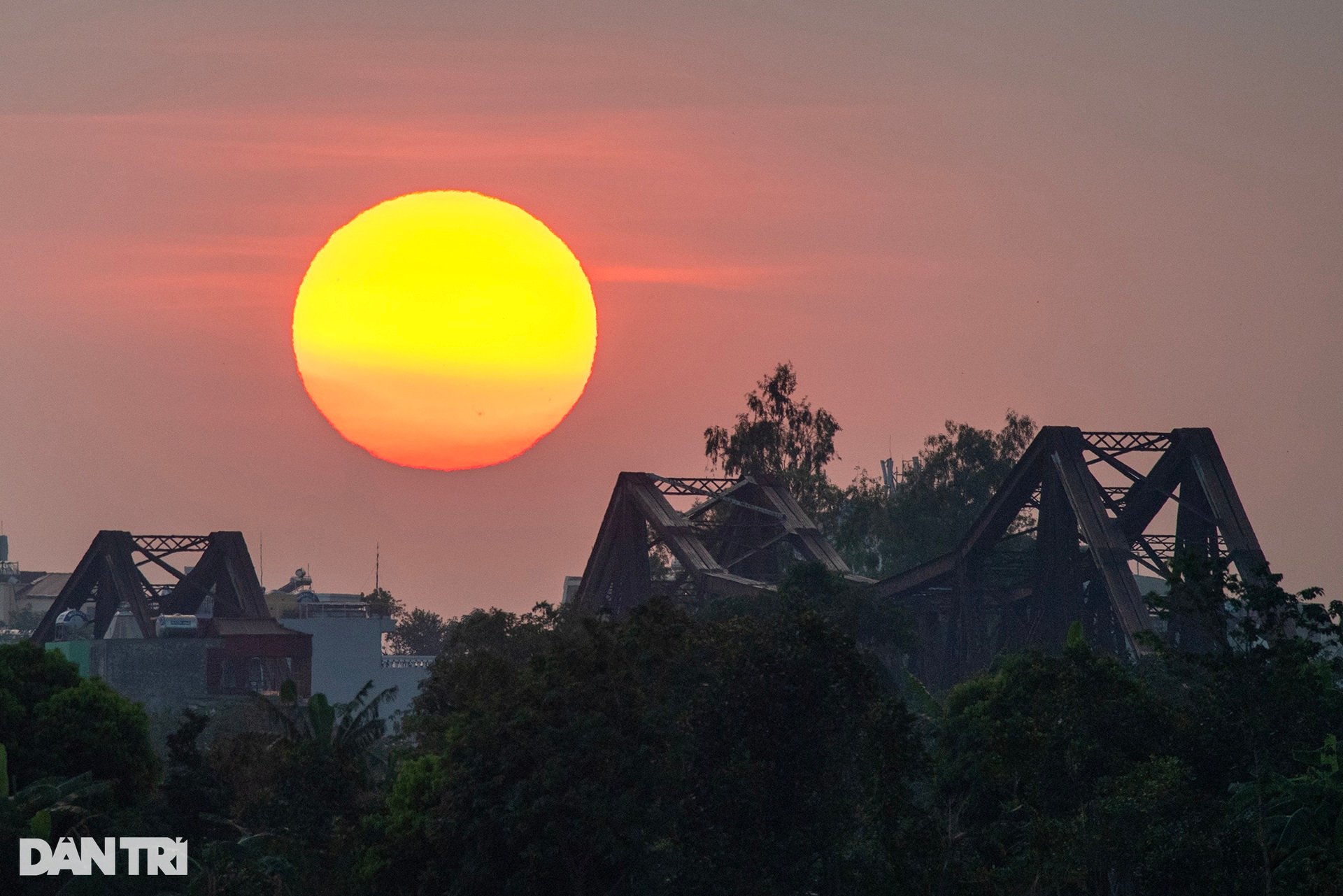
The image of a beautiful sunset on the Long Bien bridge spans, lasting for a few days in late autumn before Hanoi transitions to winter.
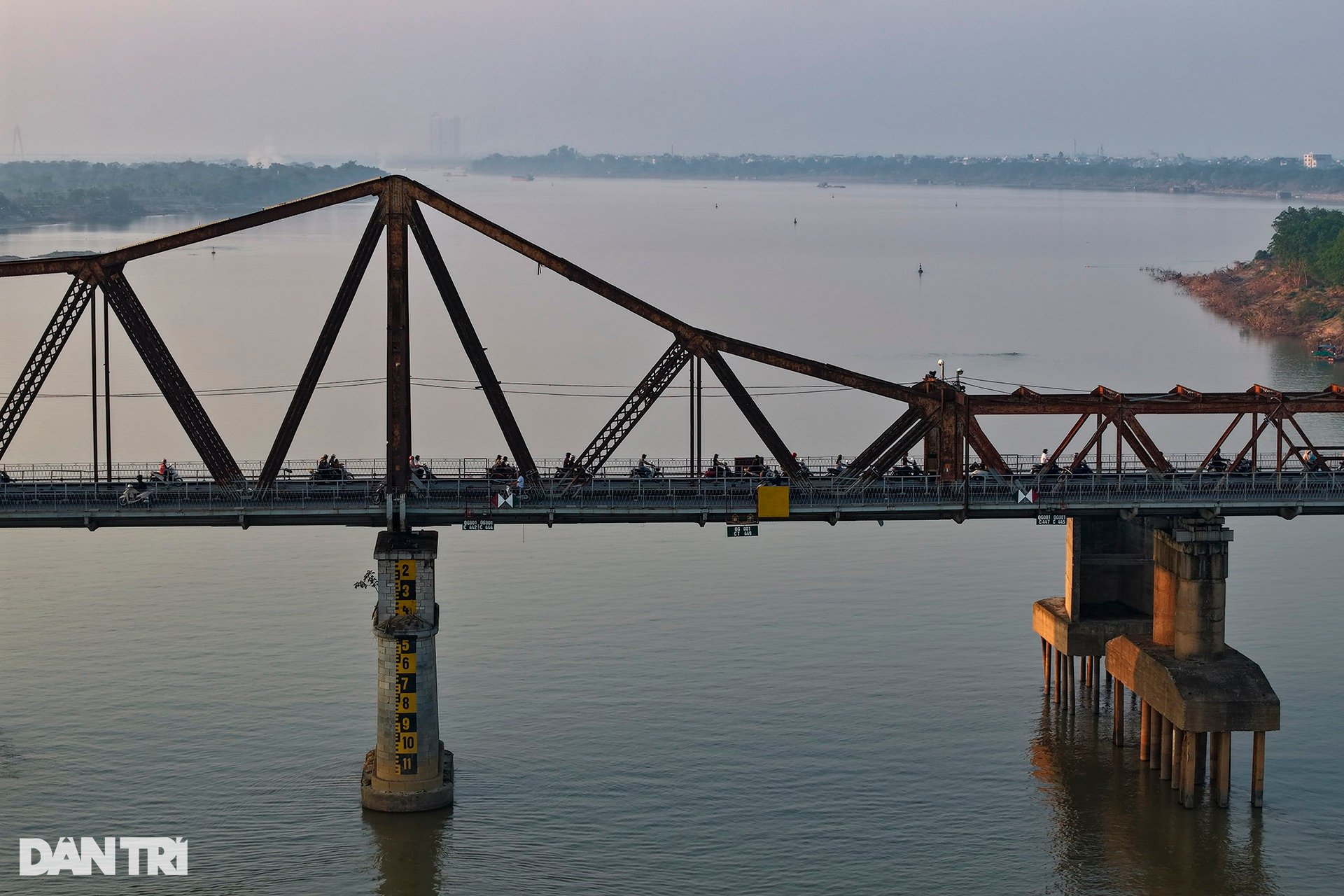
In 1972, Hanoi suffered from 12 days and nights of American bombs, and Long Bien Bridge was also heavily damaged. During the war, large vehicles traveling across the bridge also caused the bridge to deteriorate and require repair.
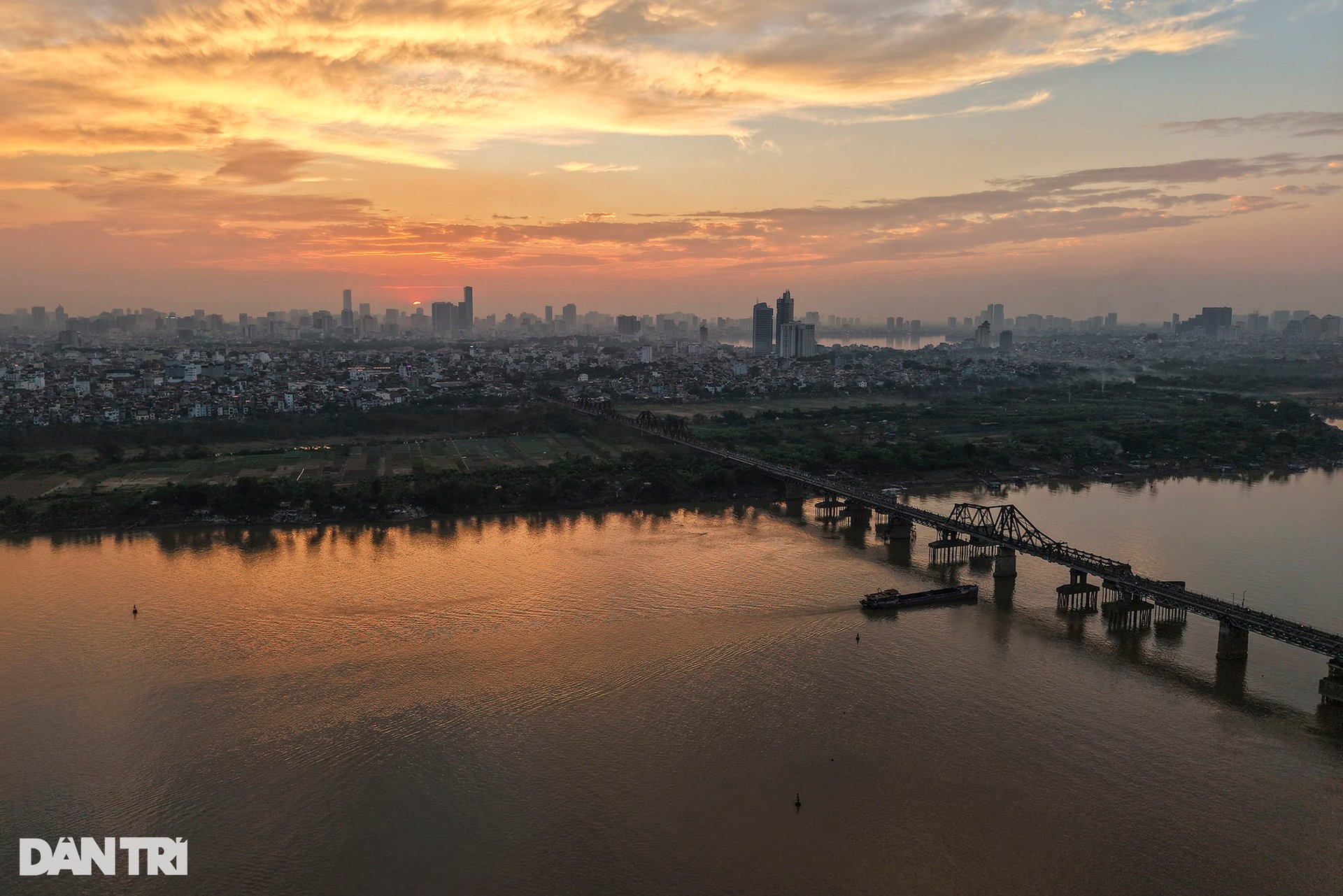
In 1954, the bridge became a historical witness, witnessing the “handover” between the French army and the Vietnamese army after the takeover of the capital on October 10. The Vietnamese army stood guard at the bridgehead, while the French soldiers gradually withdrew to Hai Phong via Long Bien bridge.
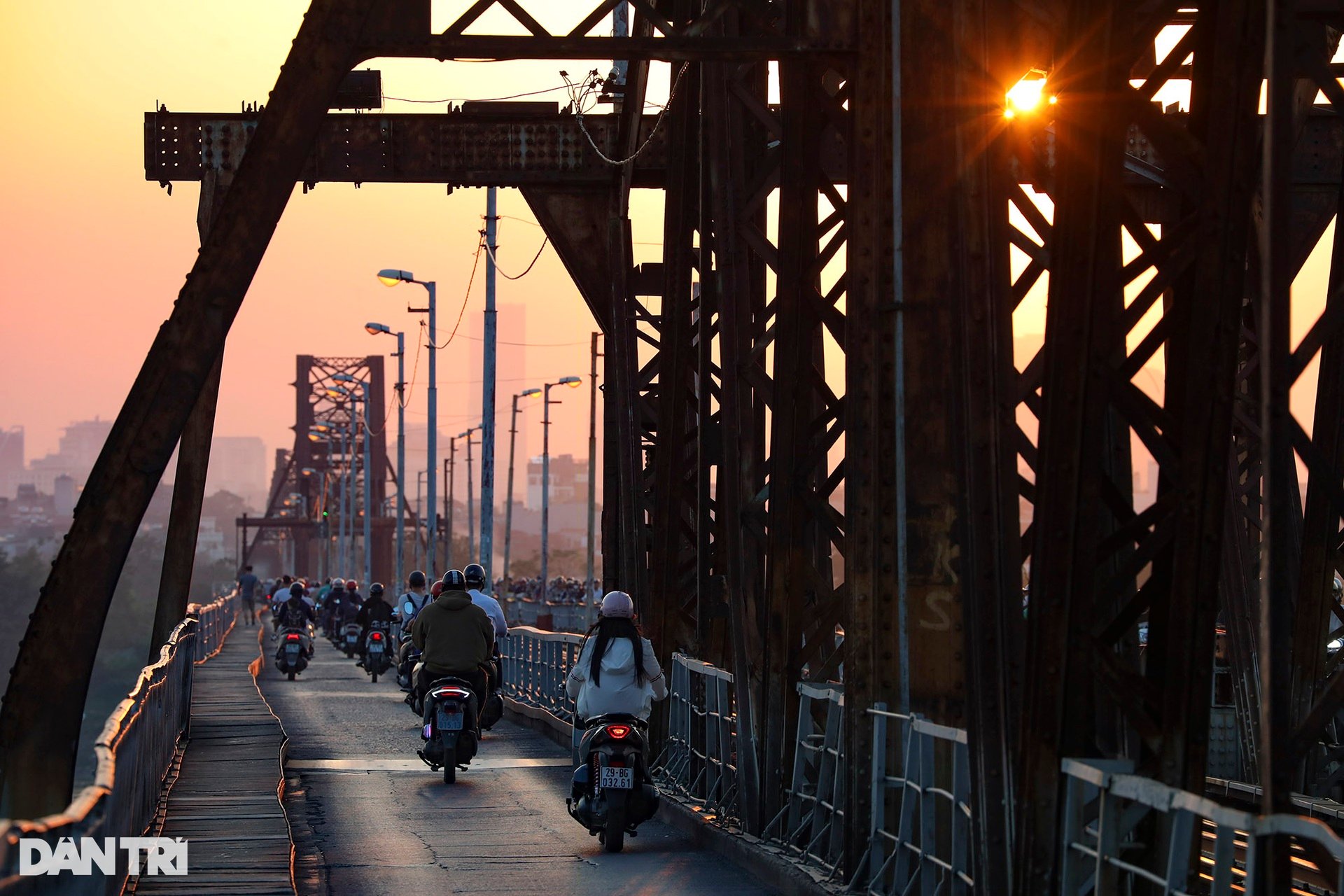
A section of the bridge still retains its original design.
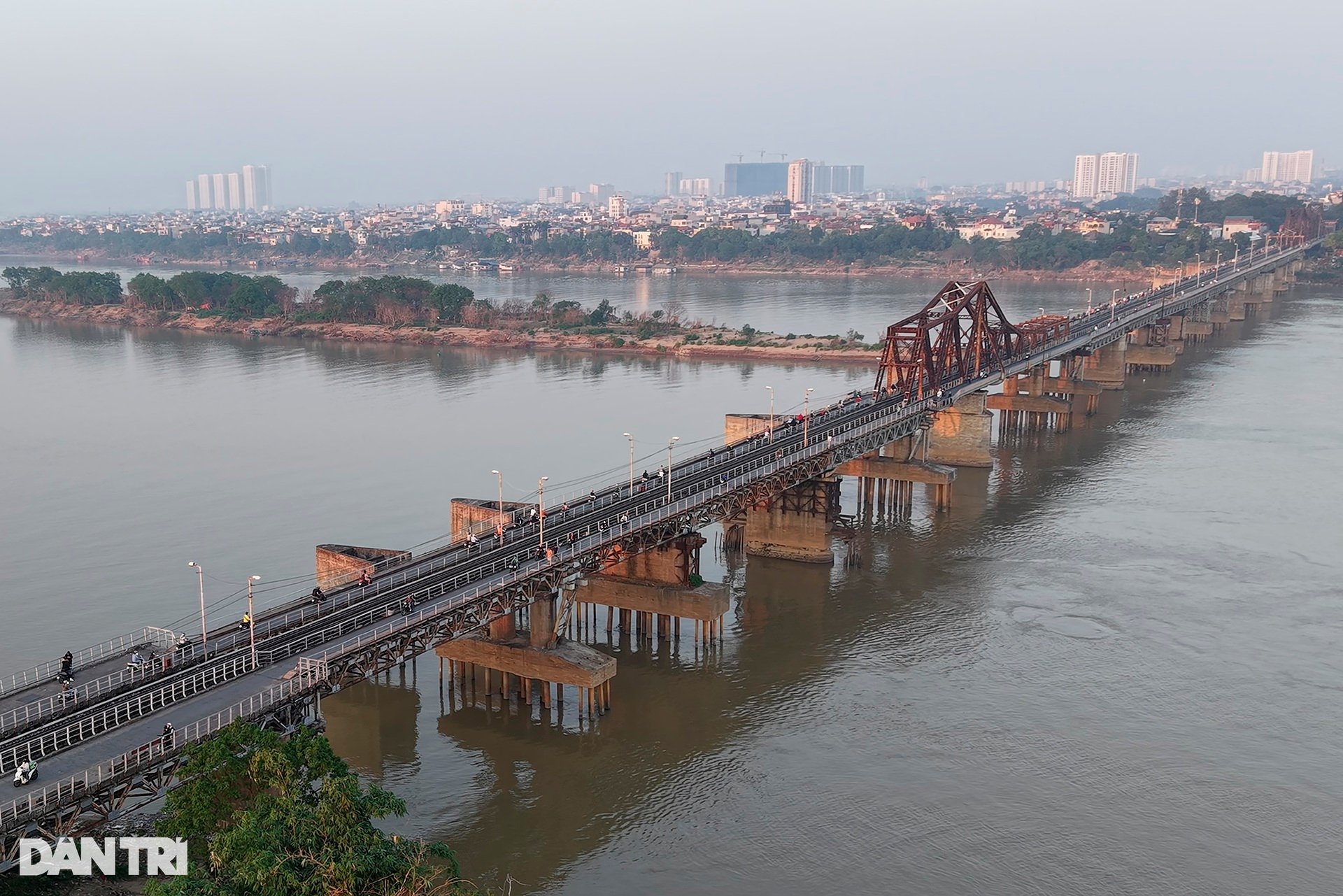
The bridge section is bare due to damage to most of the upper structures during the war.

Nhat Tan Bridge is the largest cable-stayed bridge in Vietnam at present, one of seven bridges spanning the Red River in Hanoi. Nhat Tan Bridge connects Tay Ho District with Dong Anh District. The bridge was built under the design consultancy and construction supervision of units from Japan.
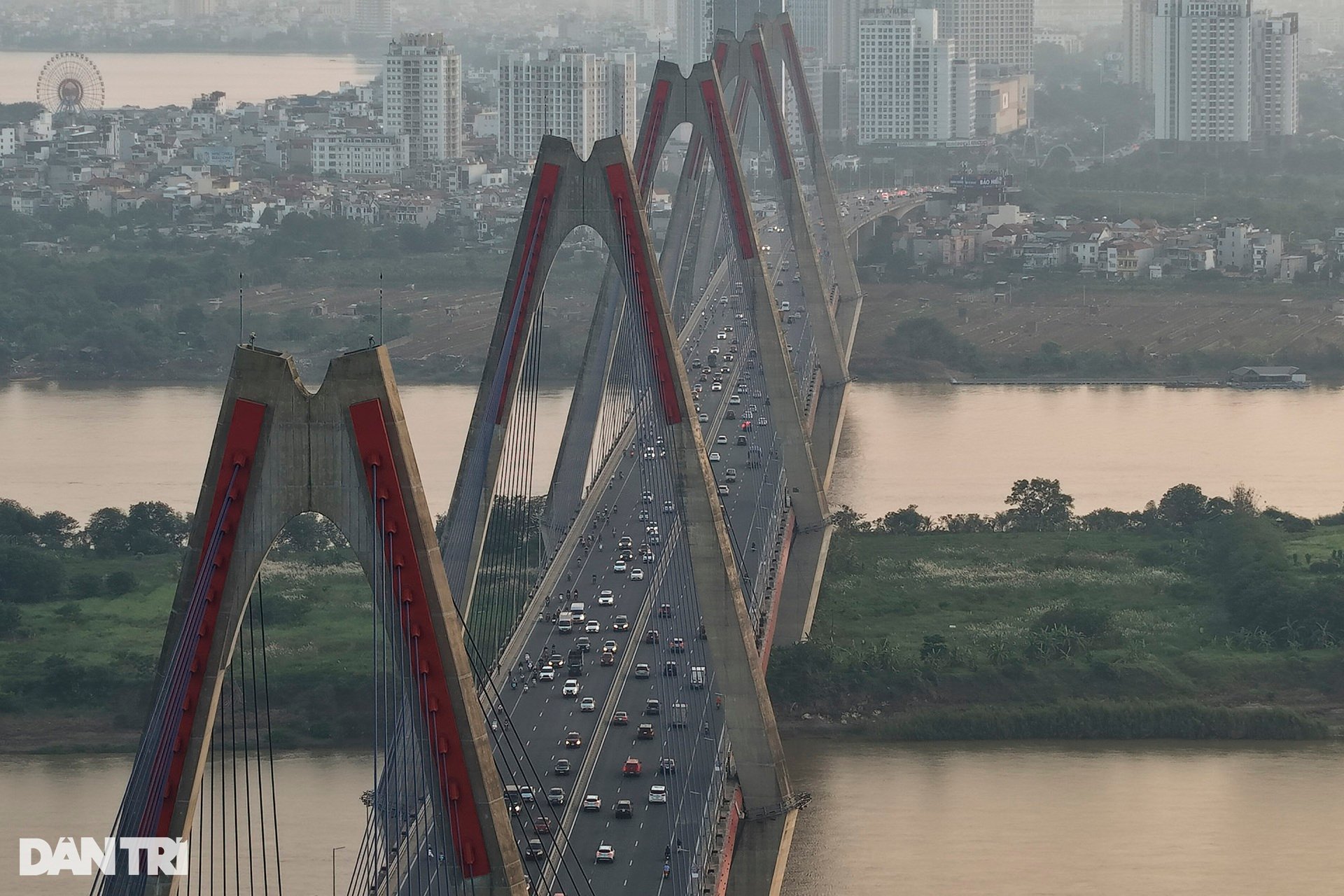
The bridge has a main span structure in the form of a multi-span cable-stayed bridge with 5 diamond-shaped towers and 6 cable-stayed spans symbolizing the 5 gates of Hanoi and the stylized image of 5 Japanese cherry blossoms, symbolizing the diplomatic relationship between Vietnam and Japan.
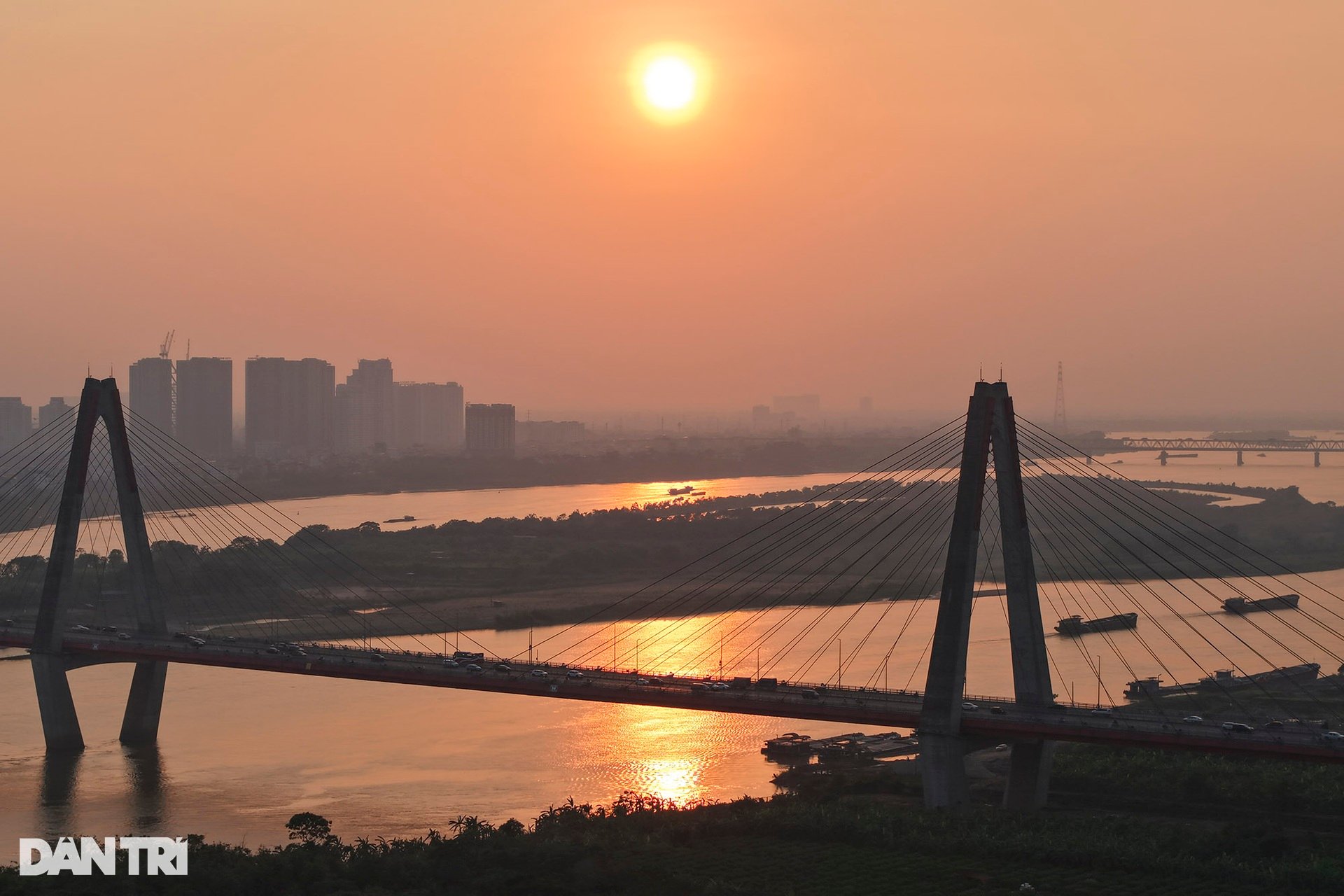
The brilliant sunset gradually falls in the late afternoon, creating a romantic, poetic scene for the most modern bridge across the Red River.

Nhat Tan Bridge lighting system applies modern technology with 16 million colors, flexible effect design can change color every day or respond to the season, showing the beauty of the bridge in many different colors and shades.
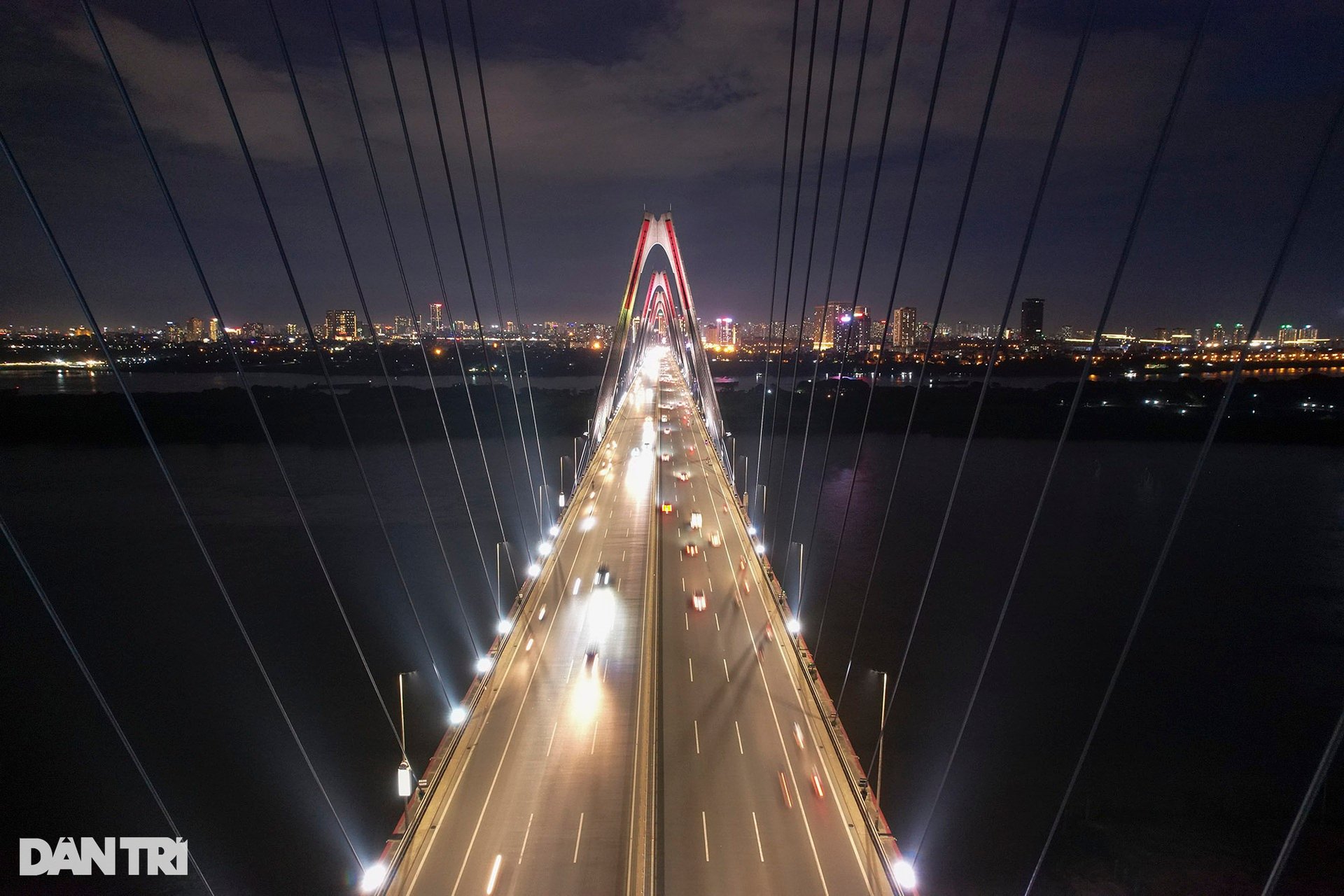
Nhat Tan Bridge was inaugurated on January 4, 2015, synchronized with Vo Nguyen Giap Street to create a modern inner-city expressway, shortening travel time from Noi Bai International Airport to the center of Hanoi.
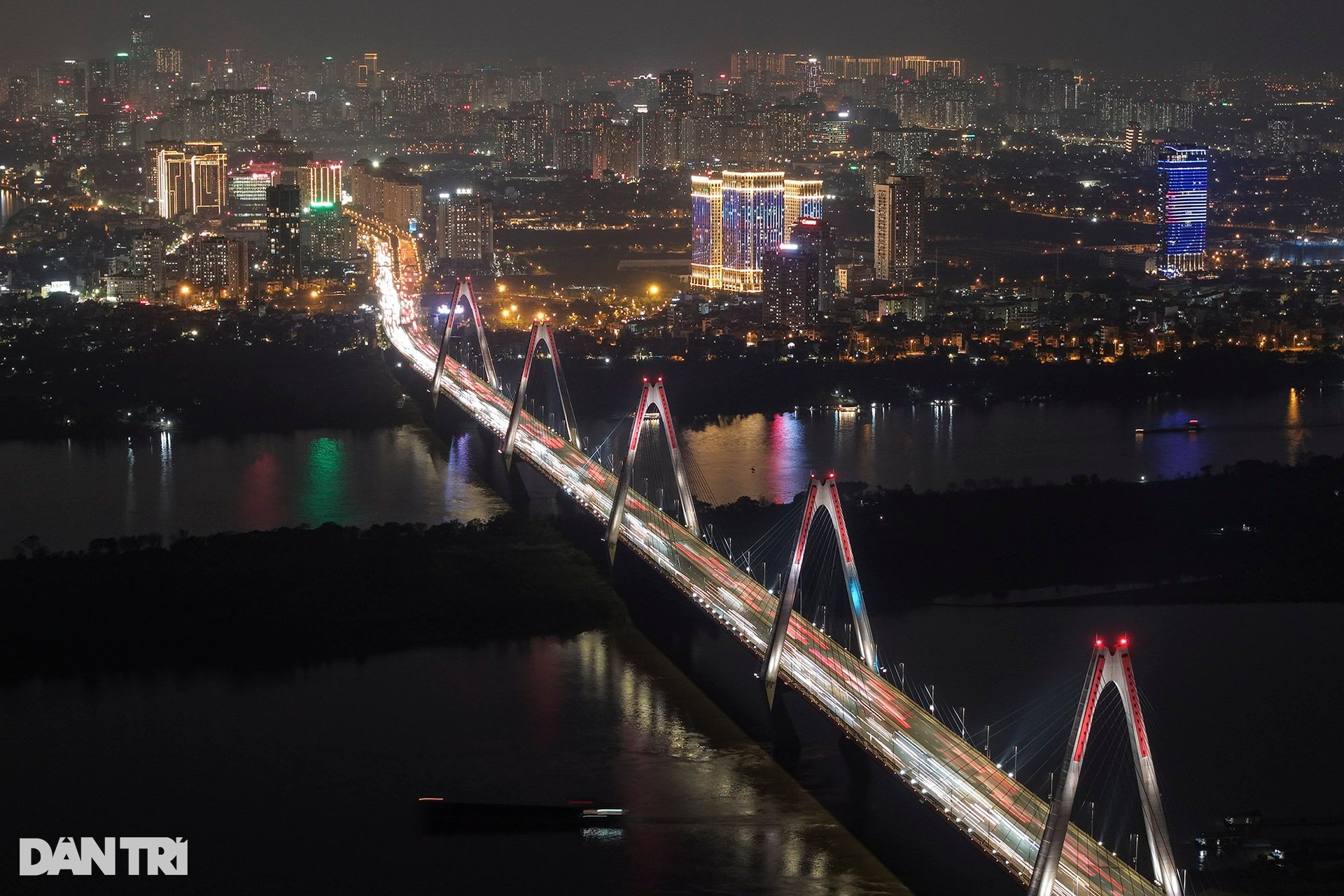
In addition, thematic lighting programs are also pre-programmed to be shown on special occasions during the year, contributing to creating a modern urban appearance for Hanoi.
Dantri.com.vn
Source: https://dantri.com.vn/xa-hoi/ngam-hoang-hon-cuoi-thu-ruc-ro-tren-2-cay-cau-noi-tieng-nhat-ha-noi-20241103071738920.htm


![[Photo] Ho Chi Minh City: Many people release flower lanterns to celebrate Buddha's Birthday](https://vphoto.vietnam.vn/thumb/1200x675/vietnam/resource/IMAGE/2025/5/10/5d57dc648c0f46ffa3b22a3e6e3eac3e)
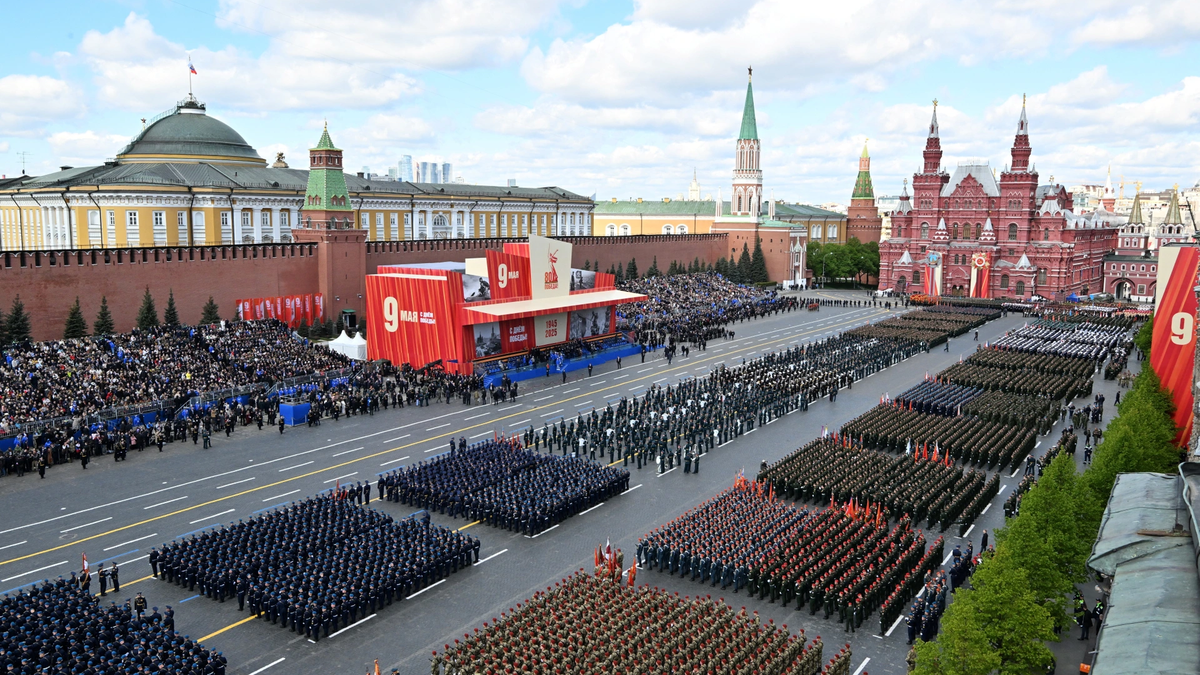
![[Photo] Russian military power on display at parade celebrating 80 years of victory over fascism](https://vphoto.vietnam.vn/thumb/1200x675/vietnam/resource/IMAGE/2025/5/9/ce054c3a71b74b1da3be310973aebcfd)
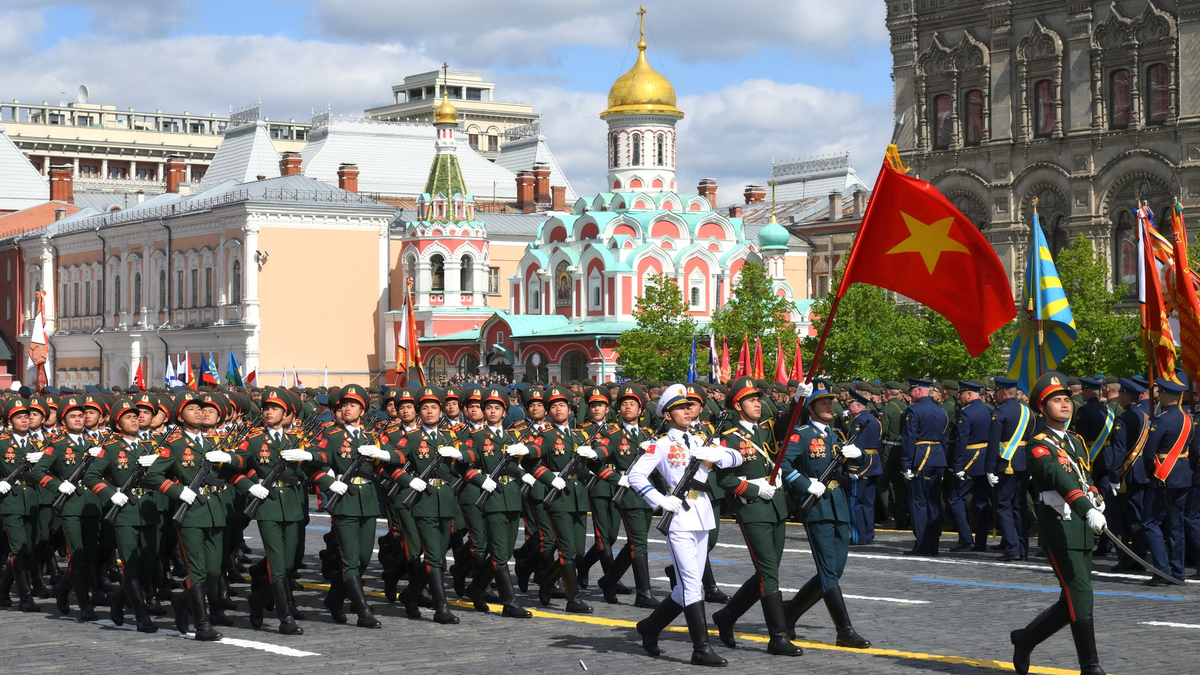
![[Photo] General Secretary To Lam meets with Chairman of the Federation Council, Parliament of the Russian Federation](https://vphoto.vietnam.vn/thumb/1200x675/vietnam/resource/IMAGE/2025/5/10/2c37f1980bdc48c4a04ca24b5f544b33)
![[Video] 24-hour news on May 9, 2025: General Secretary To Lam officially visits the Russian Federation and attends the 80th anniversary of Victory Day in the Great Patriotic War](https://vphoto.vietnam.vn/thumb/1200x675/vietnam/resource/IMAGE/2025/5/10/5eaa6504a96747708f2cb7b1a7471fb9)
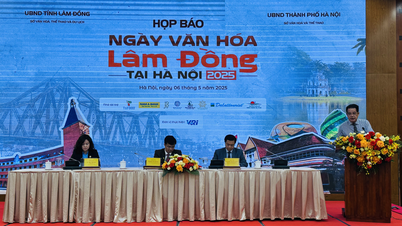

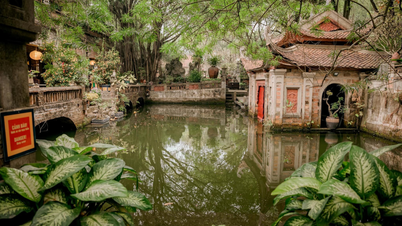










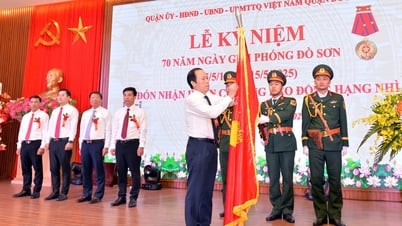
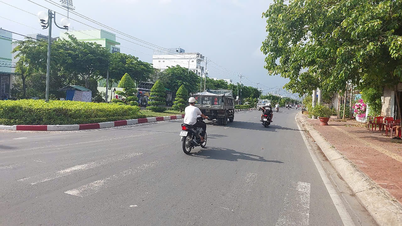

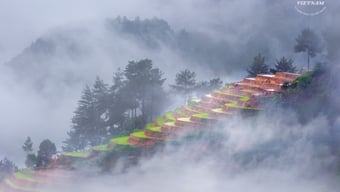


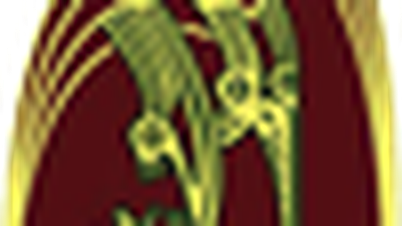

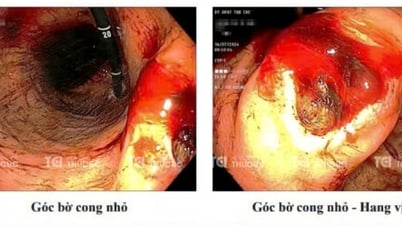
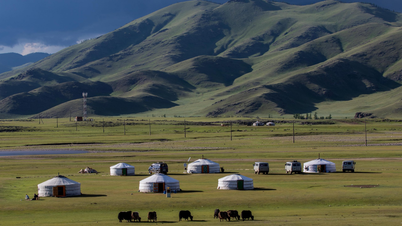

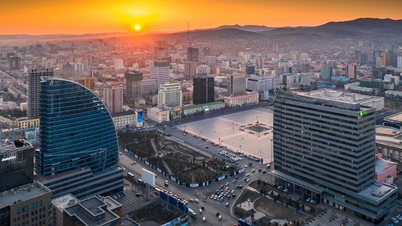
![[Photo] General Secretary To Lam and international leaders attend the parade celebrating the 80th anniversary of the victory over fascism in Russia](https://vphoto.vietnam.vn/thumb/1200x675/vietnam/resource/IMAGE/2025/5/9/4ec77ed7629a45c79d6e8aa952f20dd3)
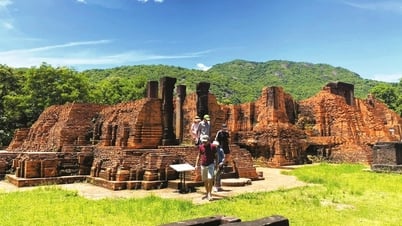

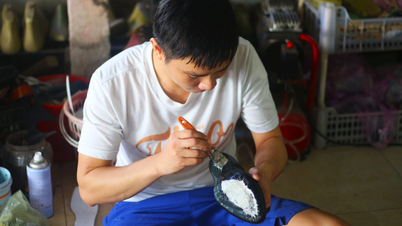



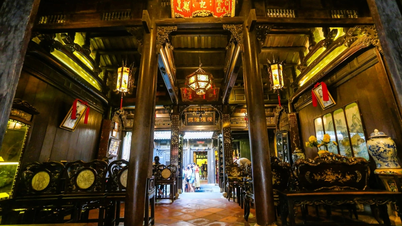
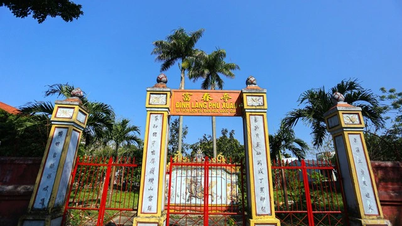












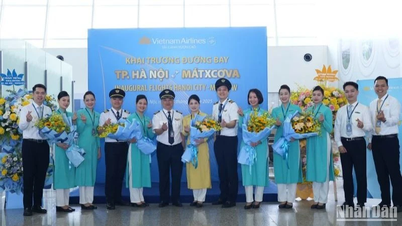






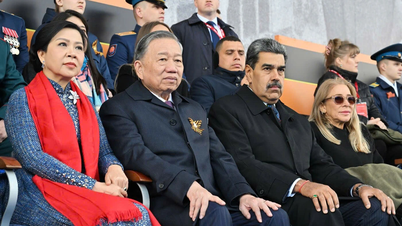
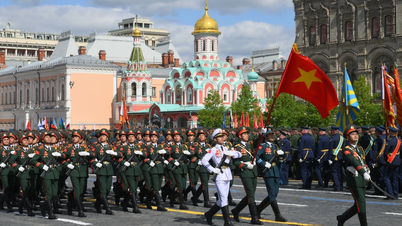

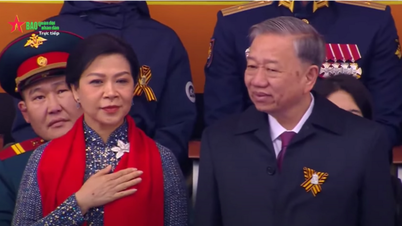

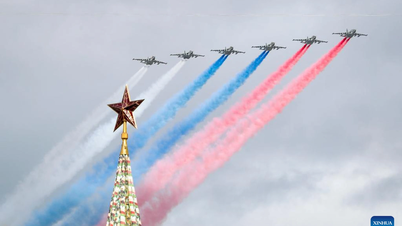




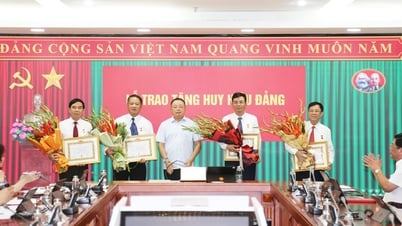





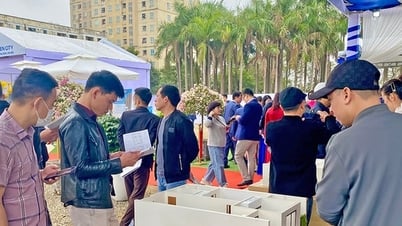

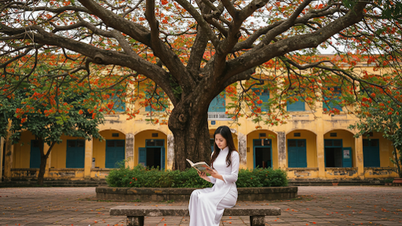



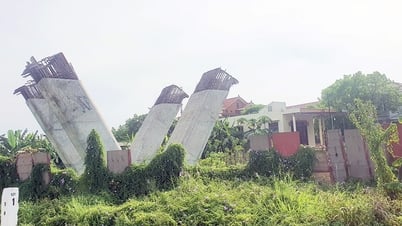

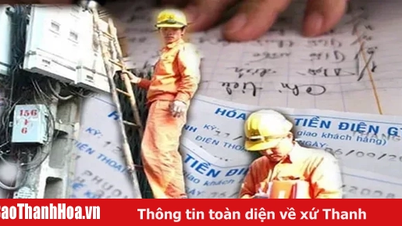


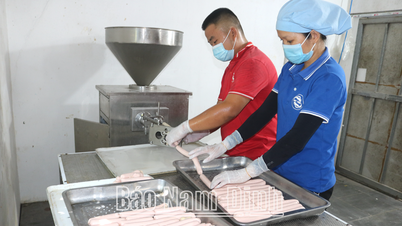







Comment (0)